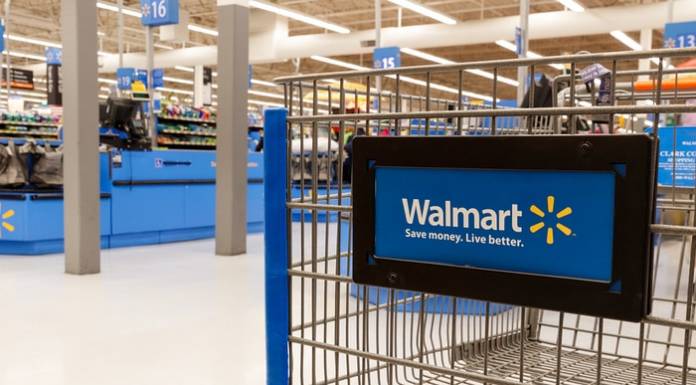
Google accounts for 92% of the search engine market globally. With so many users (and potential customers) opting for Google, learning how to optimize your website is vital. It comes down to making search engine optimization (SEO) an essential part of your marketing plan.
But before you dive into all that, you need to understand how Google’s algorithm works. Here’s a quick breakdown of the five key factors to address if you want to see yourself on the coveted first page.
Meaning
Google’s algorithm needs to understand the meaning of the search to provide practical results. It analyzes this by looking at the language and search intent of the query. For example, searching how to cook ratatouille will result in recipes or links to cookbooks.
But if the user simply searches ratatouille, they might get a mix of links for the dish’s history, recipes, or the 2007 Pixar film. But how does this knowledge benefit you? Understanding how users search can help you create relevant content!
Relevance
Search engines sort content by crawling and indexing. Crawling is locating new or updated pages and links to add to their website. The content is then analyzed, organized, and stored through indexing.
So once Google receives the search term ratatouille, it looks for relevant pages. Keywords are a considerable component of relevancy and SEO. How often they appear on a page also matters, so aim to have them in the title, introduction, subheading, and URL.
Quality
There are over 58,200,000 results for ratatouille on Google, so how does it decide what goes on the first page? The algorithm employs a process called PageRank that analyzes the quality of these pages. One of the key components is backlinks.
Backlinks are essential connections to other websites. If someone links to your site, you have a backlink! But other factors also come into play, including:
- Number of backlinks
- Quality of the linking site
- Quantity of links on the linking site
Getting backlinks from low-quality websites, according to PageRank, isn’t very helpful. Backlinks can be a tricky aspect for inexperienced users and are one of the many reasons organizations choose to outsource SEO.
Usability
But even if a website is relevant and high-quality, the algorithm won’t rank it very high if it has poor usability. This can include factors like:
- Loading speed
- Security
- Responsiveness
- Visual stability
- Being mobile-friendly
A well-designed, responsive website should be a significant part of your digital marketing budget. Consider that 92% of users view pages on their mobile devices, and the number keeps growing!
Context
Despite all this, context matters in the algorithm. Context comes down to user preferences, such as location, settings, and history. While you can’t control settings and search history, targeting location can boost your page.
For example, including the keyword ratatouille near me can target users in your area. Local SEO is a powerful opportunity for your website because it signifies the user is looking to take immediate action.
Leverage the Power of Google’s Algorithm
Getting your website on Google’s first page means more traffic, better brand visibility, and higher engagement. But why does it matter? Simple: 90% of users never click on page two! And the easiest way around that is to understand how Google’s algorithm ranks your website.
Now that you have a good understanding of the algorithm dive deeper! Check out some of the other articles, guides, and tips we have for you.











